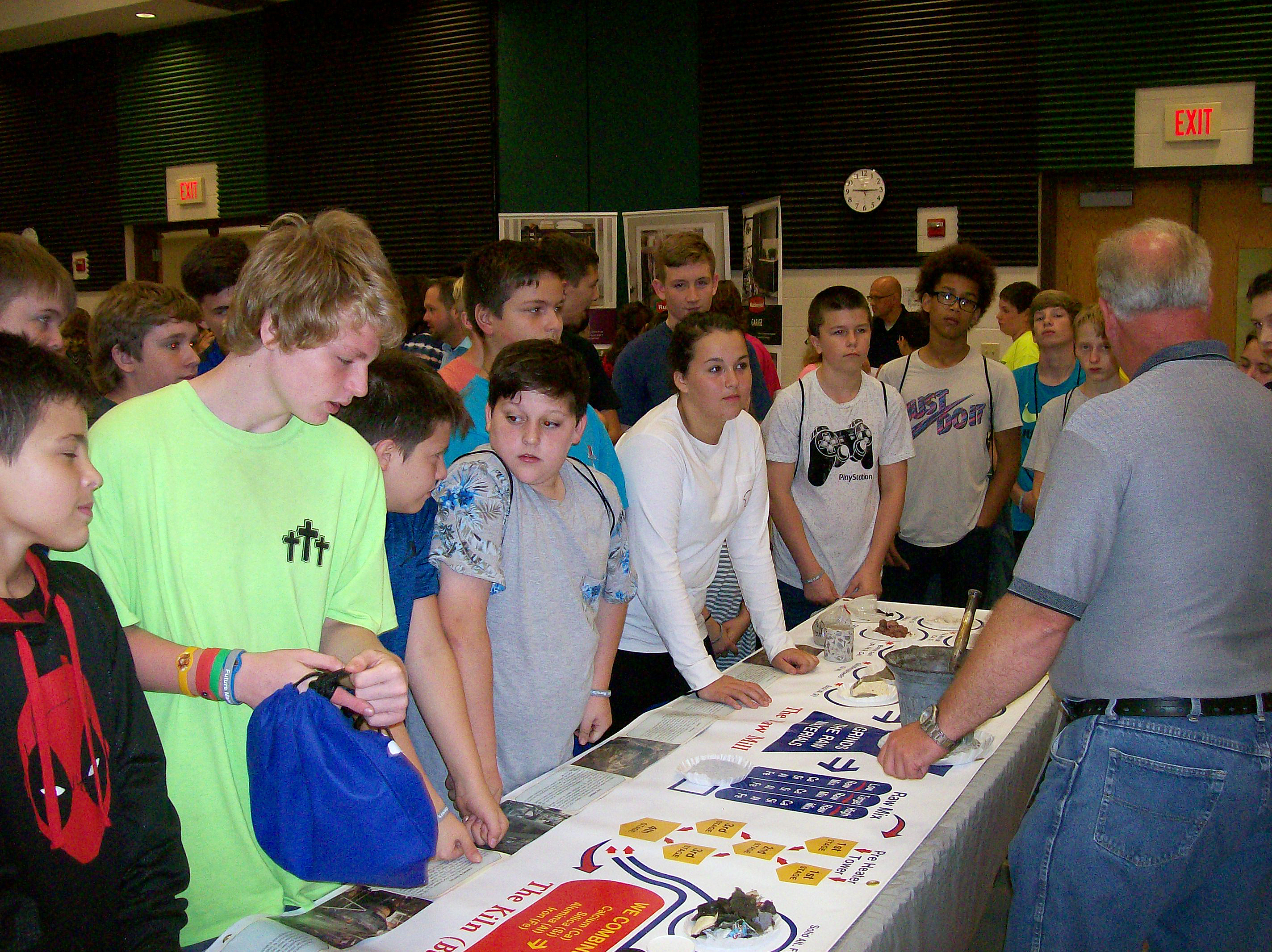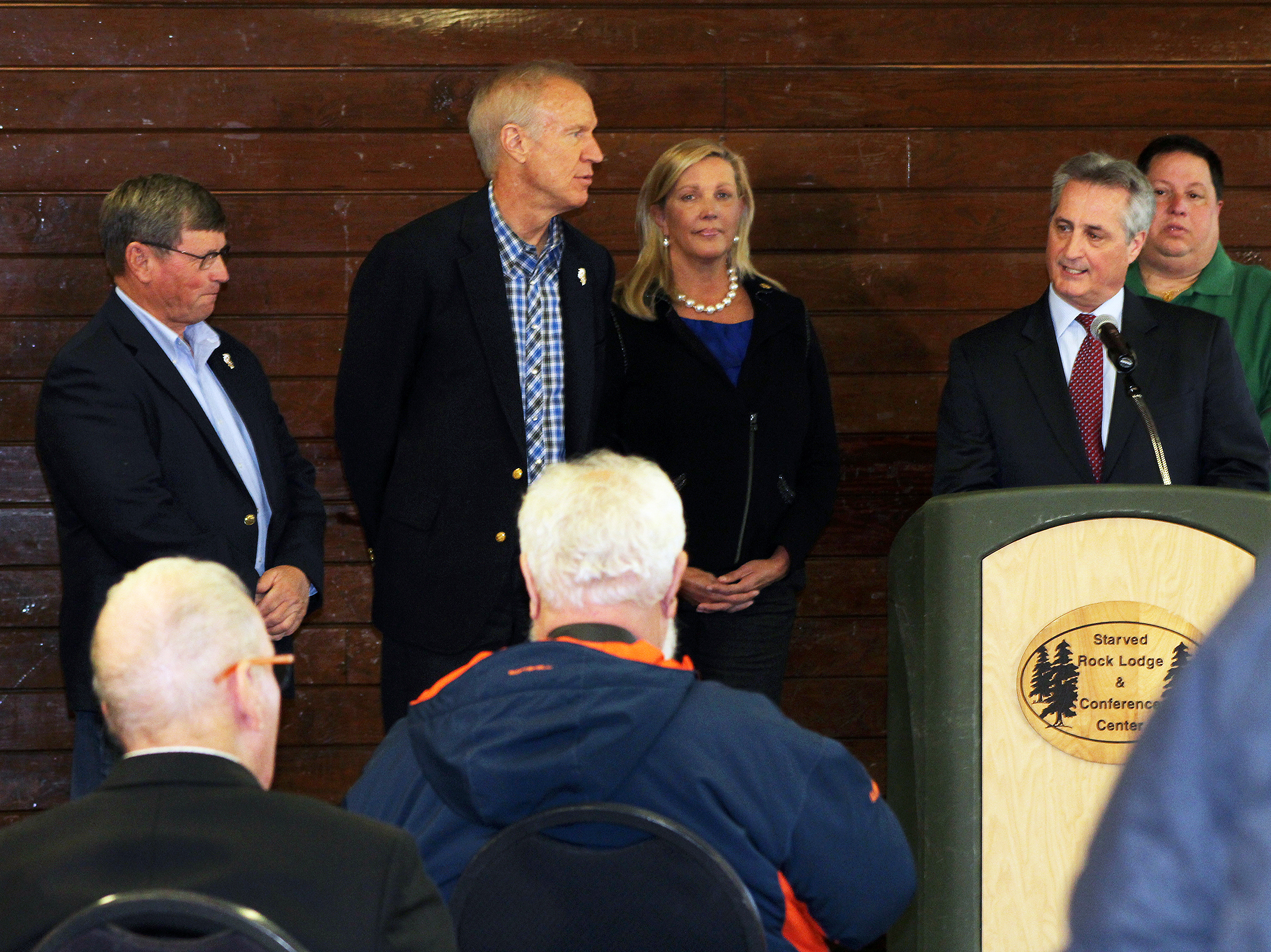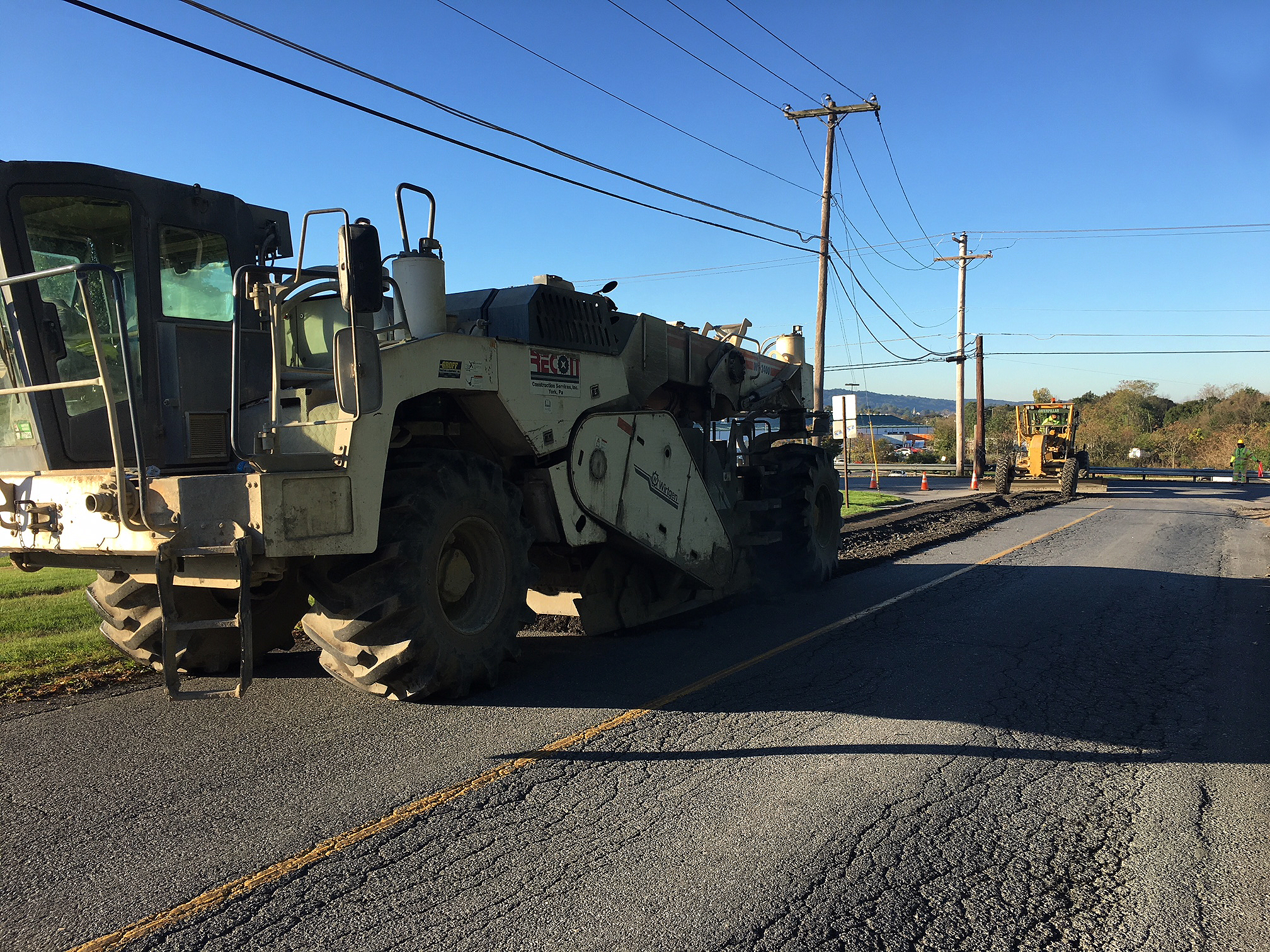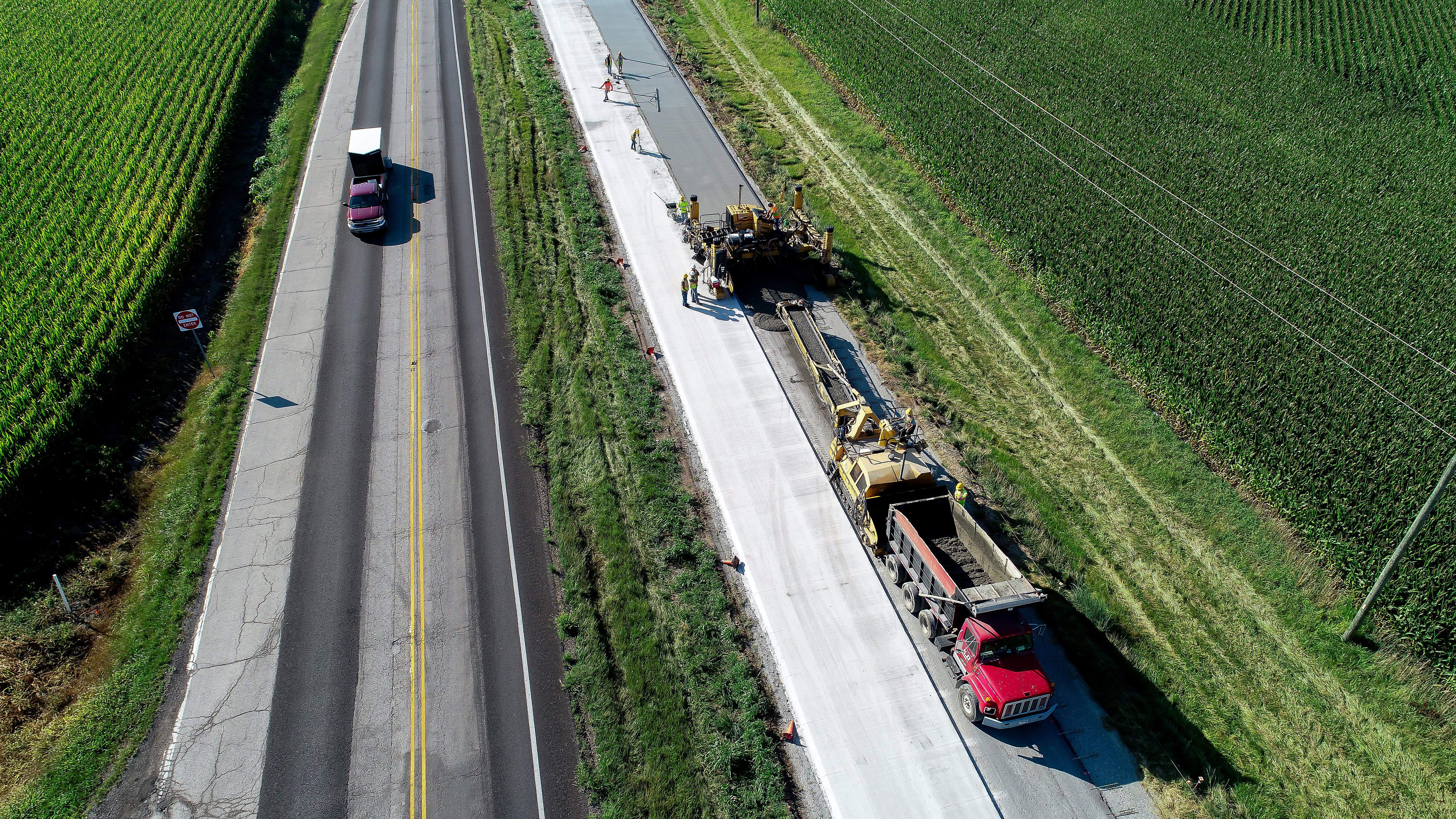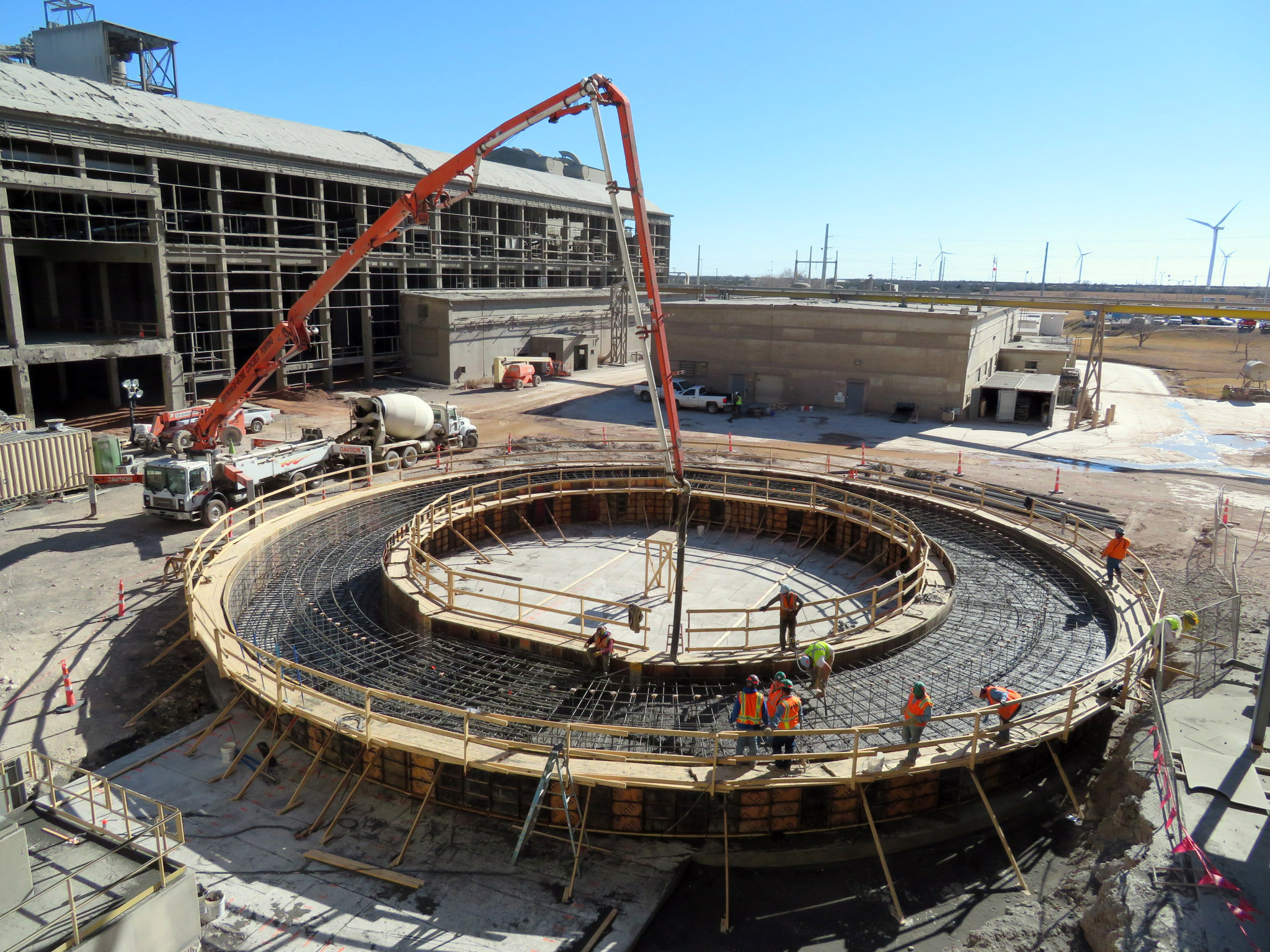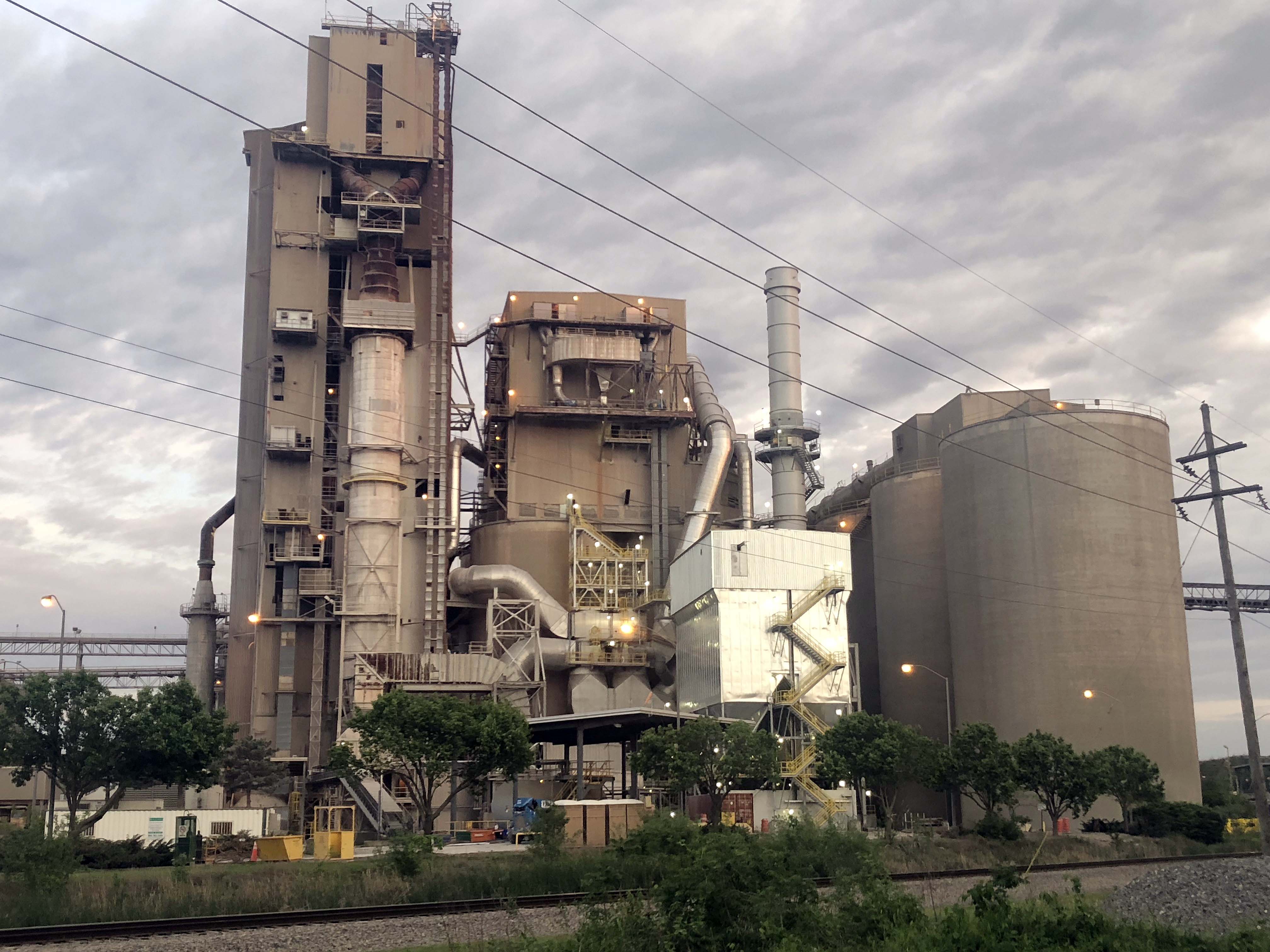For more than 20 years, thin bonded concrete has been used as an alternative overlay product for large-scale asphalt repair projects in the United States. However, through those two decades, the state of Indiana has been reluctant to implement projects using this technique. Historically, when asphalt pavement needed to be resurfaced, the top 10 cm of the existing pavement was removed. Once this initial step was complete, approximately 6.35 cm of intermediate asphalt was placed on top of the milled surface, followed by 3.8 cm of surface asphalt. This repair method would generally last 8-12 years.
Several years ago, the Indiana Chapter of the American Concrete Paving Association (ACPA) approached the Indiana Department of Transportation (INDOT) with the idea of using thin bonded concrete overlay (10 to 15 cm in depth) on projects well suited for this potentially longer lasting repair.
To evaluate use of thin bonded concrete overlays, the Executive Director, Mike Byers and Director of Marketing and Public Affairs, Pat Long, of the ACPA – IN Chapter, toured several projects with INDOT Design Representatives. While many of these projects were in neighboring Illinois, there were a few regional airport and highway projects in Indiana.
To secure the desired supporting performance data, 3D laser-based pavement evaluation imaging devices were used to perform an Automated Road and Condition Survey on previously approved Portland Cement Concrete overlay projects. The 3-D Ultra Laser imaging methodology results in a more efficient and cost-effective data collection process for various aspects of pavement surface safety analysis. Utilizing data collected from these surveys, INDOT developed curves that indicated thin bonded concrete overlays had a projected service life of 25 to 30 years. Based on this, INDOT identified 8 thin bonded concrete overlay projects that were subsequently bid during 2017, one of which was the US 52 Project.
The US 52 Project
The US 52 Project, located on the south side of Lafayette, IN, is a 4 lane asphalt, divided highway that runs north and south. The project is located 80 km north of the Buzzi Unicem Greencastle Plant. Rieth-Riley Construction was awarded the contract to resurface approximately 14.5 km of existing asphalt pavement with a 12.7 cm thin bonded concrete overlay. In July 2018, Irving Materials Inc. (IMI) began supplying concrete for the project from one of their local ready mix concrete plants. IMI is one of Buzzi Unicem USA's (BUU's) largest customers in this region of the country. This project was the third thin bonded overlay collaboration with BUU and IMI within the last year.
The concrete for this project was batched at a very low slump and delivered to the job site in dump trucks. Each cubic yard of concrete contained approximately 200 kg of Greencastle Type I cement, since it has the characteristic of early strength gain making it well suited for this type of project. The cement was mixed with class F Fly Ash and 1.8 kg of Structural Fibers, the appropriate mix required to obtain 20% residual strength gain. Residual strength is the load the repaired area can carry without failing in the finished product. Rieth-Riley positioned the concrete on top of the milled asphalt surface using a slip form paver.
INDOT specifications require 570 psi flexural strength in 7-days and through Aug. 9, 2018 the average 7-day flexural strength has been 640 psi, and the thin bonded concrete overlay has met all expectations and specifications. The Project was completed Fall 2018 and used 6350 tonnes of our Type I cement.
The use of thin bonded concrete in the state has resulted in an additional 20,000 tonnes of cement sales in the region. As this application gains acceptance, our hope is that it will open an avenue for cement sales that had previously not existed in the state of Indiana.



